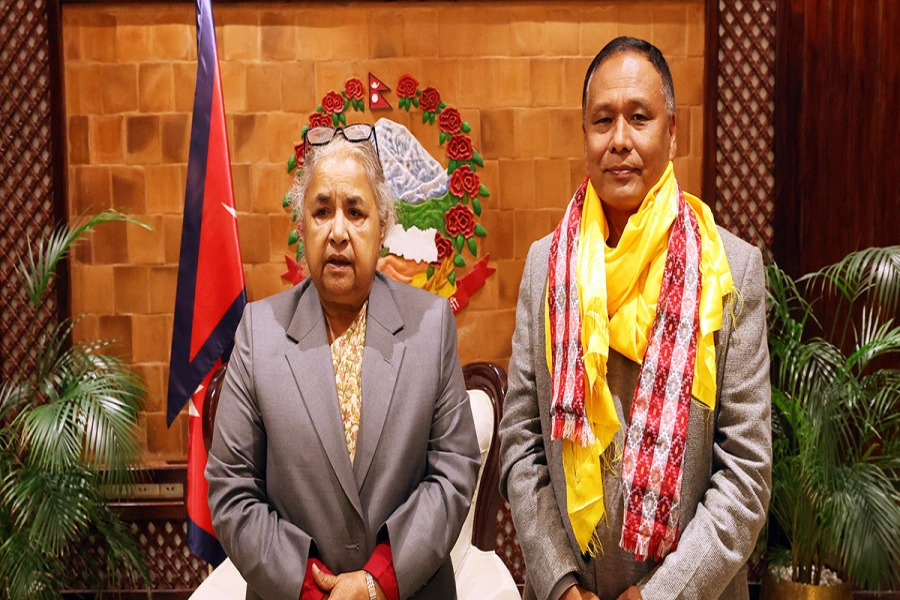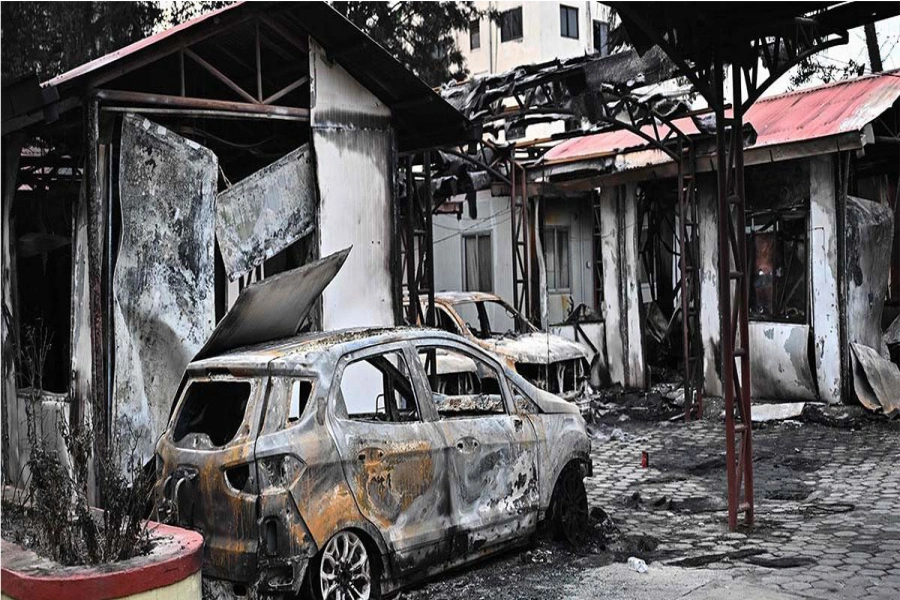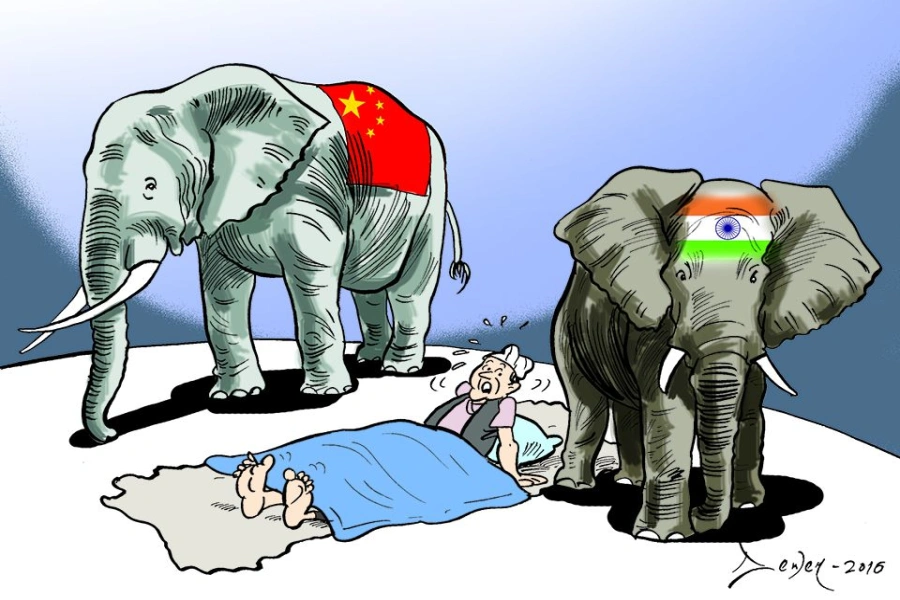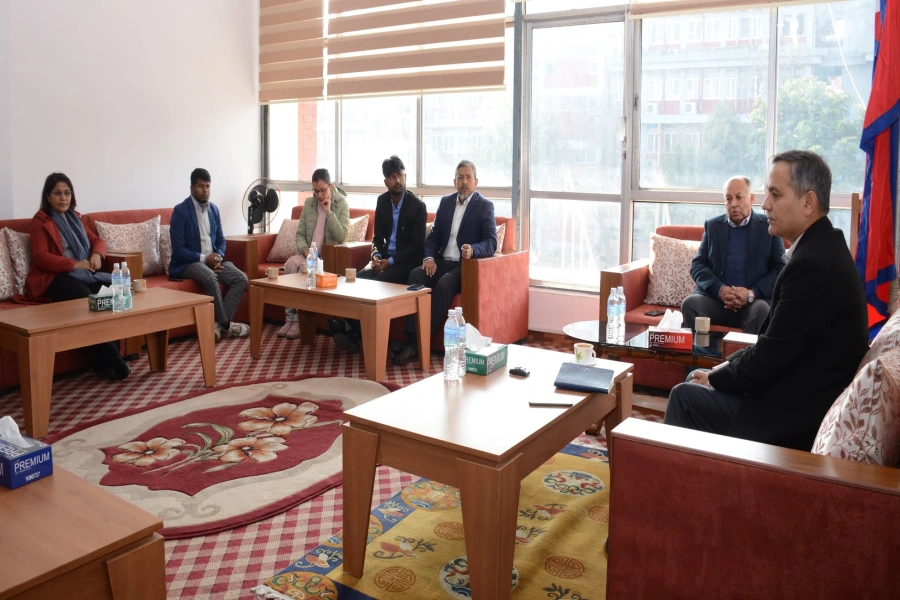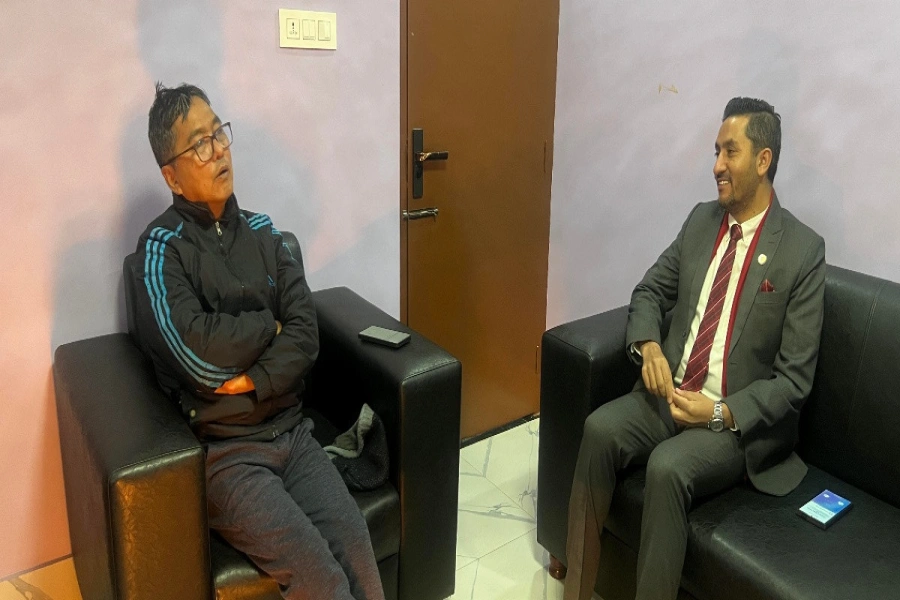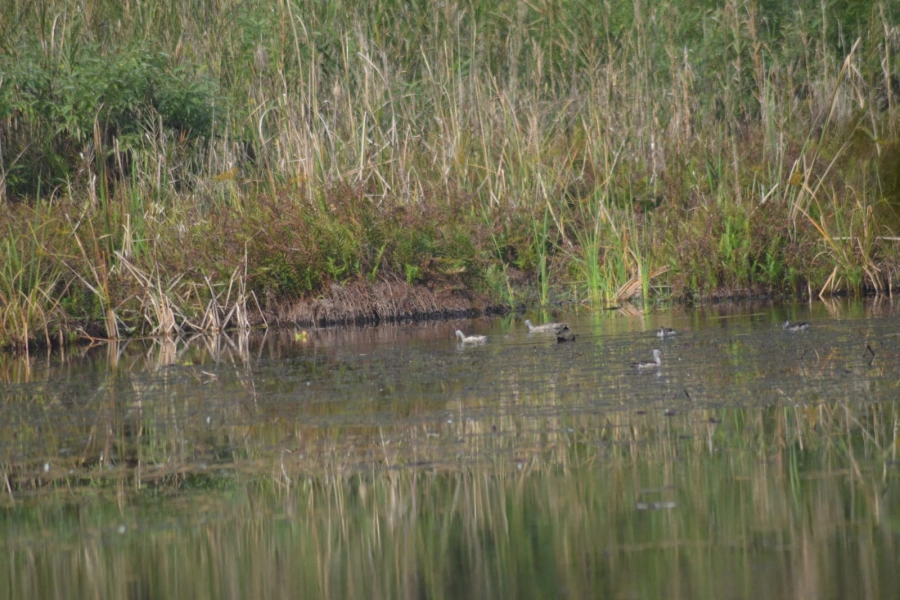The most important message of Arun-3 Financial Closure is that international lenders are beginning to trust Nepal for investment. This is remarkable for the country
The 900MW Arun-3 Hydropower Project accomplished its key milestone—Financial Closure (FC) on February 6, 2020. A consortium of seven banks, including two Nepalese banks—Nabil and Everest—put a total of NPR 101 billion to the project, which has the total investment of approximately NPR144 billion. With the FC, the project has guaranteed its financial capability and we will witness its commercial operation by 2023 given any technical hitches don’t stall its construction. Arun-3 has become the largest project in terms of capacity and investment in Nepal.
Following the World Bank’s fiasco in the 90s, the project was taken to international market and competitively bid out in 2008. The far-sighted move by the then government was successful to get 21.9 percent free energy from the project which signed the Project Development Agreement (PDA) with the Investment Board of Nepal (IBN) in 2014. The nation gained hugely from the project just because it was bid out in international market, and the government needs to internalize the learning and demonstrate similar practices in all hydropower projects in the future. Arun-3 was one of the five hydropower projects, including West Seti (750MW), Upper Karnali (900MW), Upper Marshyangdi (600MW) and Tamakoshi3 (650MW), which were formally handed over to IBN by the Council of Ministers in 2012. The then government seems to have reached a conclusion that a separate high-powered agency needs to handle such big projects, which had remained stuck in regular government instrumentalities for years. All these projects have reached different stages of progress at IBN. Furthermore, the Arun-3 FC underscores the fact that IBN, though being a novel government agency, created in 2011 for such a noble purpose, seems to have proved its mettle ferociously. Indefatigable efforts by IBN and the developer-SAPDC made such celebratory moment possible.
Former minister Umesh Yadav joins JSP-Nepal
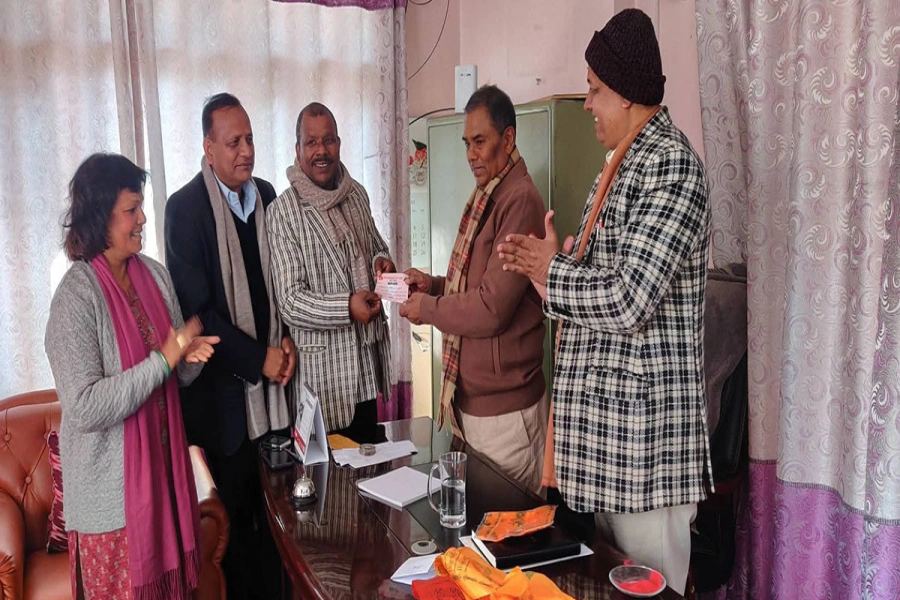
Coming back to the message of Arun-3 FC: The first and strong message, as was rightly stated by the Honorable Minister of Finance Dr Yubaraj Khatiwada while speaking at the FC ceremony, is that the international lenders are beginning to trust Nepal for investment. This is a remarkable development for the country which requires investment of at least 20 billion USD year on year (YoY) to fulfill investment gap to meet the Sustainable Development Goals (SDGs) by 2030. Nepal is still limping hard to attract Foreign Direct Investment (FDI) among South Asian countries, let alone global dynamics. The 2019 UNCTAD report states that a total of 54,200 million USD was invested in term of FDI in South Asia in 2019. India took the lion’s share of it by grabbing 42,200 million USD, while Bangladesh, Sri Lanka, Pakistan, the Maldives, Afghanistan got satisfied with 3,600 million USD, 1,600 million USD, 2,352 million USD, 552 million USD and 139 million USD, respectively. Nepal was able to attract around 161 million USD in 2019.
The gradual surge of interest from international lenders in Nepal was observed in the 216 MW-Upper Trishuli 1 hydropower project as well. A total of nine international lenders, including International Finance Corporation (IFC) and Asian Development Bank committed to financing at least 631 million USD for the development of the project during its FC in July 2019. While so many banks constituting a consortium for a middle-size project indicates their underlying consternation on investment in Nepal, it also marks the international lenders’ interest to try investments in this tiny Himalayan nation. It’s time to capitalize on such opportunity and quickly fix our ways of doing business to raise confidence among the international lenders.
IBN has set key standards at par with international best practices in Arun-3 PDA. Such standards are followed on environmental obligations, rehabilitation and resettlement, community infrastructure development, enhancing the capacity of local entrepreneurs, local employment and skill development and number of other components. All these standards have been possible only because IBN “borrowed” international knowledge to carry out this project, and such knowledge has been well transferred domestically and these benchmarks can be emulated for other projects in the future. On the other hand, IBN seems to have gained a treasure of knowledge while providing handholding facilitation to the project. The skills and knowledge at IBN can become huge asset for the government to tackle such mega infrastructure projects in the future. Hence, it’s imperative to preserve the skill and knowledge, and make the best use of it.
Similarly, the involvement of national banks in the consortium for Arun-3 FC is going to enhance the financing capacity of Nepali banks in the long-run. It will provide invaluable opportunity to Nepali banks to learn global standards on financing risks and develop confidence on taking such risks in the future.
The Arun-3 FC also seems to have disproved the so-called activists and groups who oppose any such large hydropower developments on various excuses. The activists who managed to “kill” the project in the 90s in the name of environment protection, will learn the fathomless economic benefits that the project will generate for the nation in the future. The project has also accelerated national discourse on building infrastructure projects under PPP (Public Private Partnership). Such perspectives are likely to prioritize PPP as a suitable model for infrastructure development in the country.
Finally, the FC has reinvigorated the hopes. Our generation can see and feel the development, and it helps reorient our perspectives toward economic development and prosperity.
Ghanashyam Ojha
Twitter: @jayshambho



